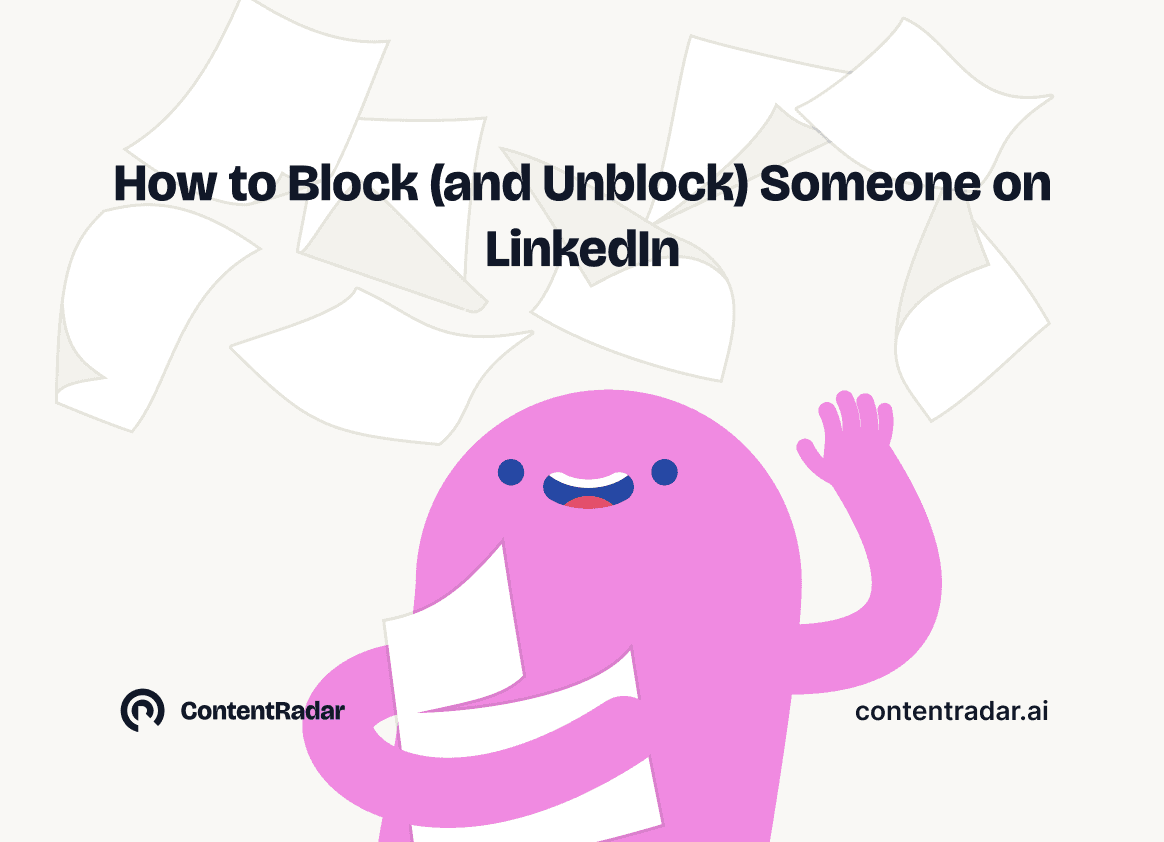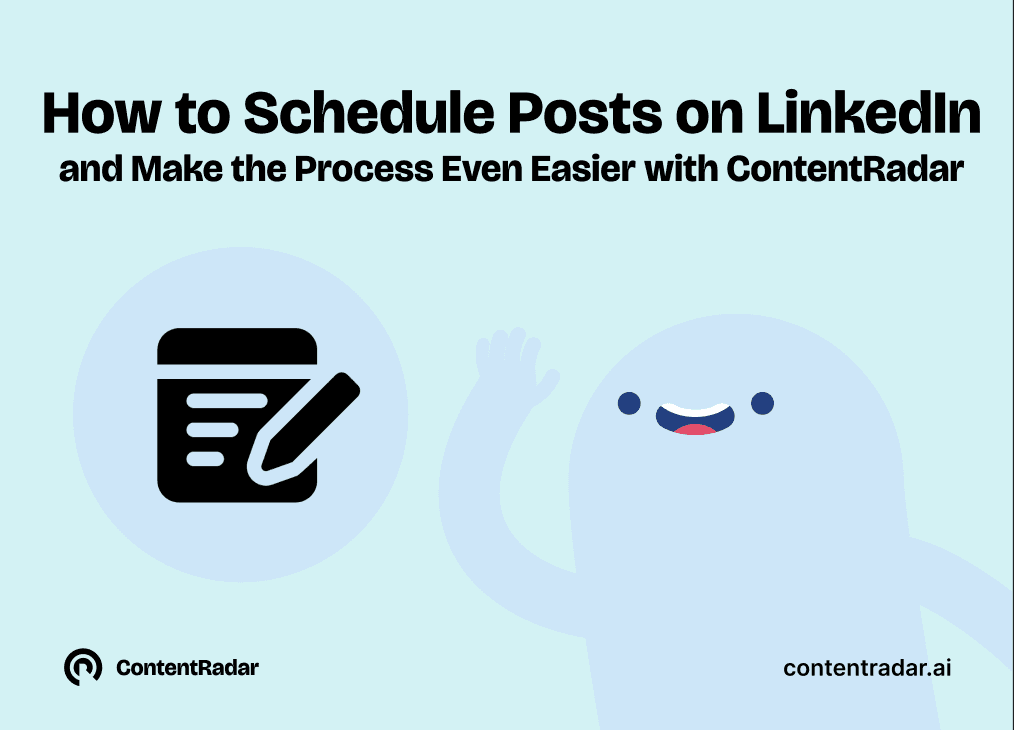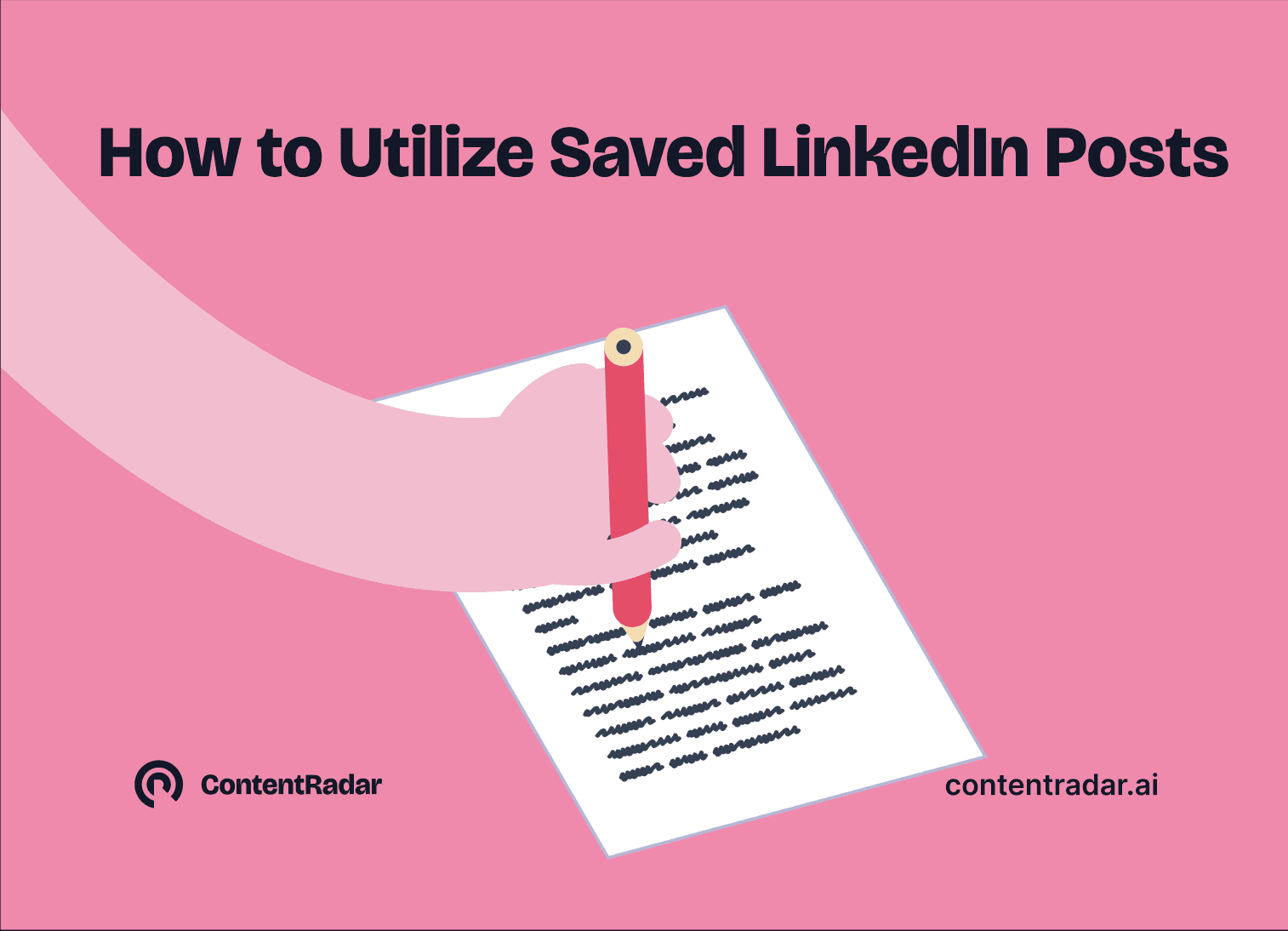Content repurposing 101: How to create more with less effort

Jul 18, 2024
We've all heard the saying, "Content is King." But let's be honest, creating original content from scratch all the time can feel like chasing a rainbow. That's where the queen of content strategy comes in: repurposing.
Repurposing isn't just about recycling old content. It's about taking your ideas and bundling them in new, exciting formats that reach different audiences. It's about getting more bang for your content buck.
What is content repurposing?
Repurposing content is essentially repackaging pre-existing content into newer (at times better!) formats. As we like to say - Don't reinvent the wheel, repurpose it.
We often find marketers confusing repurposing with cross-posting. While cross-posting involves sharing identical content across multiple platforms, repurposing is a more strategic approach. It's about transforming the core idea of existing content into new formats that resonate with specific audiences on different platforms. This process demands careful consideration of the different characteristics of each platform. By adapting content to suit various mediums, businesses can maximize their reach, engagement, and overall impact.
Does content repurposing work?
Is this a shortcut? Umm.. not really, it is smart work. Let’s fact check it.
According to SEMrush’s State of Content Marketing Report 2023, 42% of marketers attribute the success of their marketing campaigns to repurposing existing content. Let’s have a look at some real-life examples:
Buffer: Buffer conducted an experiment where they repurposed existing content for a month instead of creating new content. This approach led to a 4% increase in organic search traffic, with other formats like Medium also gaining significant visibility.
Copyblogger: Copyblogger, known for high-quality content successfully utilized content repurposing. By transforming a blog post into a SlideShare presentation, they achieved over 110,000 views, a testament to show the effectiveness of this strategy.
Is it only about the reach? No, according to a survey conducted by ReferralRock, 65% of marketers believe that repurposing content is the most effective content strategy for cost saving compared to only 2% who voted for creating new content.
How to create a content repurposing strategy?
Step 1: Audit your existing content
Before getting started with the process, it's crucial to understand your existing content landscape. Conduct an in-depth audit to identify:
High-performing content: Shortlist pieces that have achieved significant engagement, shares or conversations. These are prime choices for repurposing due to their proven resonance with your audience.
Content gaps: Analyze your content library to uncover areas where you might be lacking in depth or breadth. Repurposing can help fill these voids and provide more comprehensive coverage of your topics.
Content format strengths: Identify the formats in which your content excels. Take into account the preferred type of format in different social media channels. This will guide your repurposing efforts and help you focus on strengths while exploring new avenues.
Content themes and pillars: Determine the overarching topics and subjects that your content revolves around. This will help you organize your content and identify opportunities for repurposing within specific themes.
Step 2: Understand your content inventory
It is essential to conduct a thorough inventory of your existing content. It will assist you in identifying the formats that may have been neglected in the past. This involves assessing:
Content formats: This refers to the types of content you currently possess in your library. This could include blog posts, videos, infographics, whitepapers, ebooks, case studies, social media content, podcasts, webinars, and more.
Content volume: Here, you'll want to quantify the amount of content available in each format. Having a clear picture of how much content you have in each category will help you prioritize repurposing efforts and identify areas where you might have gaps.
Step 3: Identify content formats which can be repurposed easily
Upon clear understanding of your content, it's time to explore repurposing possibilities. Consider the following:
Format transformations: Convert long-form content like blog posts or whitepapers into visually appealing infographics, concise videos, or shareable social media posts. This adaptation caters to different consumption preferences and expands your audience reach.
Platform optimization: Adapt content to suit different platforms by considering their unique characteristics. For instance, optimize blog posts for SEO, create visually compelling content and bite-sized content for platforms like Instagram or TikTok.
Step 4: Leveraging AI-based content repurposing tools
Once you have identified high-performing, easily convertible content, it's time to streamline the repurposing process with appropriate tools. Leverage AI-based content repurposing to the best of its capabilities.
AI-based content repurposing tools like ContentRadar can revolutionize your strategy by automating the transformation of your content. These tools use natural language processing and machine learning to:
Analyze and Extract Key Points: Identify the most relevant and engaging parts of your content.
Reformat Content: Automatically convert text into different formats such as social media posts, infographics, or videos.
Optimize for Platforms: Tailor content to meet the specific requirements and best practices of each social media platform.
Below is an example of how ContentRadar repurposes content in a click:
Transform Long Blog Posts -
Have a gold mine of long blog posts? Use ContentRadar.ai to transform those posts into social media posts (LinkedIn and X) in seconds. Just drop the blog post URL, and voila! You've got a bunch of shareable content ready to go.

Break down YouTube videos -
Got a killer YouTube video that deserves more attention? Imagine repurposing your YouTube videos into bite-sized LinkedIn or X (Twitter) threads. You can create highlights or even turn your video script into a captivating carousel post.

Revamp PDFs -
Have a lot of information locked away in a PDF? With ContentRadar, you can create bite-sized, digestible content for social media in a single click by repurposing your PDF. Want to turn that info-packed whitepaper into something your audience will actually consume? We can help you extract key points, statistics, or quotes and transform them into engaging social media posts.

Create from Notion -
Even your random thoughts and ideas can on Notion become powerful content. Repurposing tools can transform unstructured text, like notes or brainstorms on Notion into engaging social media posts.

Best practices for content repurposing
Maintain consistency
Maintaining consistency is crucial when repurposing content. It ensures that your content retains a unified brand voice and message across all formats and platforms. This consistency helps build brand recognition and trust with your audience. Whether you're converting a blog post into a video, turning a whitepaper into an infographic, or transforming a podcast episode into a social media post, make sure the tone, style, and messaging align with your brand identity. Use a style guide to keep your visuals, language, and messaging consistent. This not only reinforces your brand's identity but also makes your content instantly recognizable to your audience, no matter where they encounter it.
Measure and optimize
Regularly measuring the performance of your repurposed content is essential for understanding what resonates best with your audience. Use analytics tools to track key metrics such as engagement rates, click-through rates, and conversion rates. Analyze these metrics to identify which repurposed formats and platforms yield the best results. For example, you might find that infographics perform exceptionally well on Instagram, while detailed blog posts drive more traffic on LinkedIn. Based on these insights, continuously optimize your content repurposing strategy. Experiment with different formats, lengths, and posting times to see what works best. This iterative process ensures that your strategy remains effective and aligned with your audience's preferences.
Plan ahead
Creating a content calendar that includes repurposing plans is an effective way to integrate repurposing into your overall content strategy. This calendar should outline the content you plan to repurpose, the formats you'll use, and the platforms where you'll share it. By planning ahead, you can ensure that your repurposed content aligns with your marketing goals and campaigns. For instance, if you're launching a new product, you can plan to repurpose existing content to support the launch. This might include turning a series of blog posts into an eBook or creating a video series from a webinar. A well-structured content calendar helps you stay organized, ensures timely execution, and allows for strategic repurposing that supports your broader marketing objectives.
Engage with your audience
Repurposing content is not just about redistribution; it's also about fostering interaction and engagement with your audience. When you share repurposed content, actively engage with your audience by responding to comments, answering questions, and encouraging discussions. This interaction helps build a community around your brand and deepens your relationship with your audience. Additionally, consider sharing user-generated content and incorporating audience feedback into your repurposed content. For example, if a follower leaves a great comment or shares a success story related to your content, highlight it in a social media post or a blog article. This not only acknowledges your audience's contributions but also creates more engaging and authentic content. By prioritizing engagement, you can turn passive followers into active participants in your brand's narrative.
Conclusion
Content repurposing is a powerful strategy that can save time, extend the life of your content, and increase your reach. By strategically transforming your existing content into new formats and leveraging AI-based repurposing tools, you can effectively engage with diverse audiences across multiple platforms. Remember, it's not about working harder, but working smarter. Embrace content repurposing and watch your content strategy thrive.
Join us on a mission to give marketers superpowers! Sign up for ContentRadar today and unlock the full potential of your social media strategy. Visit ContentRadar to get started.
Other articles

How to Block (and Unblock) Someone on LinkedIn
And When You Should
Discover how to effectively block and unblock someone on LinkedIn to maintain your professional space and privacy. This guide covers the reasons for blocking, step-by-step instructions for both blocking and unblocking, and the difference between blocking and disconnecting. Learn to manage your LinkedIn network confidently and ensure it remains a supportive environment for your professional growth.

How to Schedule Posts on LinkedIn
and Make the Process Even Easier with ContentRadar
Discover how to effortlessly schedule posts on LinkedIn to boost engagement and maintain consistency. Learn the benefits of scheduling, step-by-step instructions, and how ContentRadar can streamline your content creation and posting process. Maximize your LinkedIn presence with smart timing suggestions and AI-generated content!

How to Save LinkedIn Posts and Find Them Again
Master the LinkedIn Save feature with our quick guide! Learn how to bookmark posts, job listings, and insightful content for easy access later. Discover the benefits of saving posts, how to find your saved items, and tips for managing your saved content effectively. Stay organized and never lose track of valuable information again!
